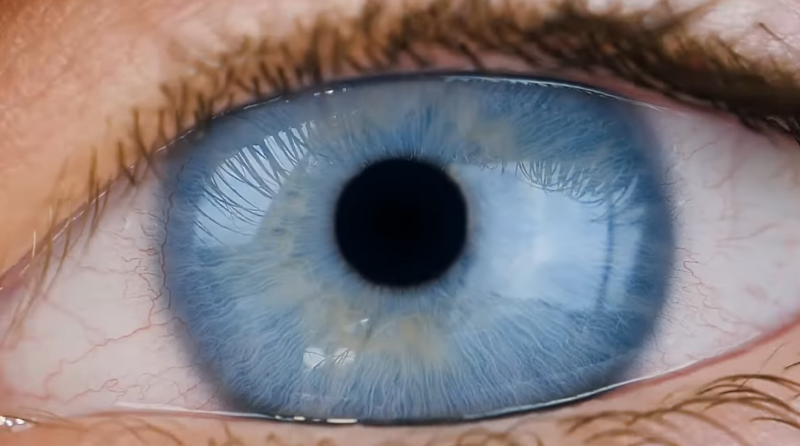by Science China Press
(A) Transmission electron microscopy images of longitudinal sections of photoreceptors in controls or RD mice. Scale bar, 1 μm. (B) Transmission electron microscopy images of cross sections of ciliary axonemes in RD or control mice. Scale bar, 0.1 μm. (C) Schematic illustration of photoreceptors in control or RD mice. Credit: Science China Press
Photoreceptors, like polarized sensory neurons, are essential for light sensation and phototransduction, which are highly dependent on the photoreceptor cilium. Disruption of photoreceptor cilia has been implicated in a variety of retinal diseases, collectively called retinociliopathies, such as Leber congenital amaurosis and retinopathy of prematurity.
Recently, teams led by Prof. Jun Zhou and Assoc Prof. Jie Ran from Shandong Normal University revealed that ciliary disassembly in photoreceptors is a significant event in the pathogenesis of retinal degeneration (RD). The work is published in the journal Medicine Plus.
Their work demonstrated a significant reduction in retinal electrophysiological a-wave and b-wave responses and a marked decrease in the thickness of the outer nuclear layer (ONL) in RD mice, indicating severe damage to photoreceptors.
Transmission electron microscopy and immunofluorescence microscopy analyses revealed varying degrees of damage to photoreceptor membrane disks and ciliary axonemes. These results indicate that photoreceptor ciliary disassembly is a key event triggering photoreceptor dysfunction and retinal damage in the pathological process of RD.
In general, their study elucidates the significant role of photoreceptor cilia in RD and provides novel targets for clinical intervention in RD. Graduate students Guizhi Guo and Runa Wang from Shandong Normal University are the first authors of this work, with Assoc Prof. Jie Ran as the corresponding author.
More information: Guizhi Guo et al, Disruption of photoreceptor cilia is a critical event in the pathogenesis of retinal degeneration—Insights from N-methyl-N-nitrosourea-induced mouse model, Medicine Plus (2024). DOI: 10.1016/j.medp.2024.100040
Provided by Science China Press





Post comments